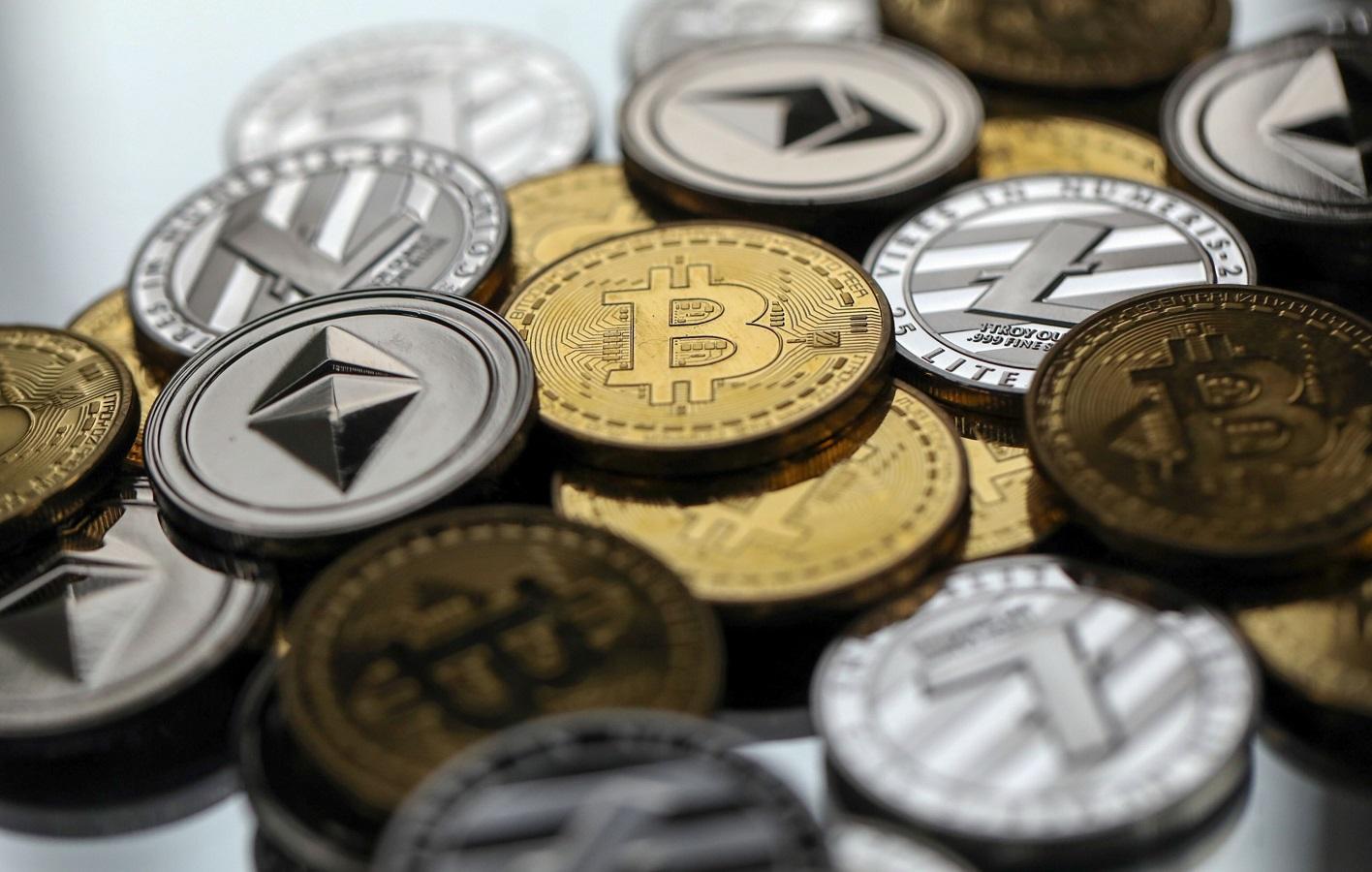Indian crypto players have reiterated their long-standing expectations of slashing tax rates on crypto assets in the upcoming Union Budget. They have called for expanding the scope of the tax deducted at source (TDS) mandate to include offshore crypto platforms.
Companies have urged the government to treat income gained from virtual digital assets (VDAs) at par with that derived from capital assets.
Budget 2024 will be a vote on account, with many expecting that it will have no major announcements.
“A strategic focus on significant measures, such as lowering the TDS rate from 1 per cent to 0.01 per cent and aligning the tax rate with the framework applicable to other assets by reducing it from 30 per cent will undoubtedly invigorate the crypto sector.
We urge the government to expand the scope of TDS mandate to explicitly include offshore platforms,” said Sumit Gupta, co-founder, CoinDCX, a crypto exchange.
Crypto players said easing of tax norms in the country would encourage participation of investors within the sector, further driving growth for the industry.
“These developments, especially in reducing TDS and capital gains taxes, would encourage a more inclusive participation in the crypto market. Moreover, a supportive regulatory environment will stimulate innovation, empowering the industry to transform existing businesses through the integration of blockchain technology,” said Rahul Pagidipati, chief executive officer (CEO), ZebPay, a crypto exchange firm.
In February 2022, the government had decided to impose a 30 per cent tax on income from cryptocurrencies and a one per cent TDS on all crypto transactions.
Companies believe these strict taxation norms have forced Indian crypto users to migrate to non-compliant foreign exchanges, which pose a risk to their investments.
“While the industry welcomed the definition and inclusion of VDAs in the Income Tax Act, certain provisions, such as the high TDS rate and the lack of offset, have led many Indian VDA users to move to non-compliant foreign exchanges to trade. They are putting themselves at risk of losing their investment and breaking the law. It also led to lesser tax revenues for the exchequer,” said Ashish Singhal, co-founder and group CEO, PeepalCo (formerly CoinSwitch).
Meanwhile, CoinDCX’s Gupta calls for increasing the threshold limit for tax deduction.
“We recommend revisiting the threshold limit for tax deduction under Section 194S, suggesting an increase from Rs 10,000 or Rs 50,000 to Rs 500,000, in coherence with the provisions in Section 194-O of the Act. In pursuit of equitable taxation, we propose an amendment to Section 115BBH to reduce the tax rate from 30 per cent, at par with assets in other industries,” he said.
Singhal added that the company expects the government to allow offsetting and carrying forward losses from sale of VDAs.
Rajagopal Menon, vice-president, WazirX, has a similar expectation from the Budget.
“The offsetting of losses against gains made should be allowed. The underlying objective is to ensure a level-playing field in the cryptocurrency space, devoid of regulatory or tax arbitrage for any participant,” Menon added.
Meanwhile, in a move to crack down on non-compliant crypto platforms, the Financial Intelligence Unit (FIU), under the finance ministry, last week issued show cause notices to nine VDA companies. It requested the ministry of electronics and information technology to block their websites.
India had around 115 million crypto investors as of June 2022 and the Indian crypto market is expected to reach $241 million by 2030, a KuCoin report had stated.
First Published: Jan 09 2024 | 8:38 PM IST
Note:- (Not all news on the site expresses the point of view of the site, but we transmit this news automatically and translate it through programmatic technology on the site and not from a human editor. The content is auto-generated from a syndicated feed.))



